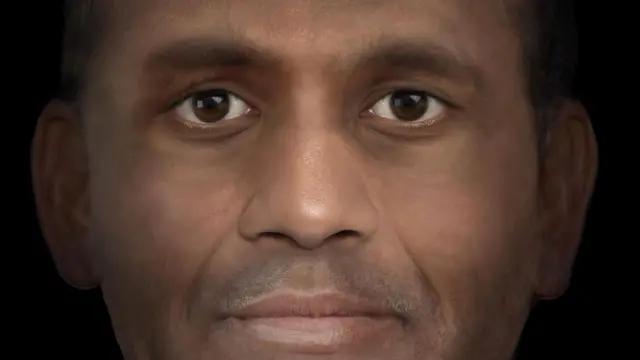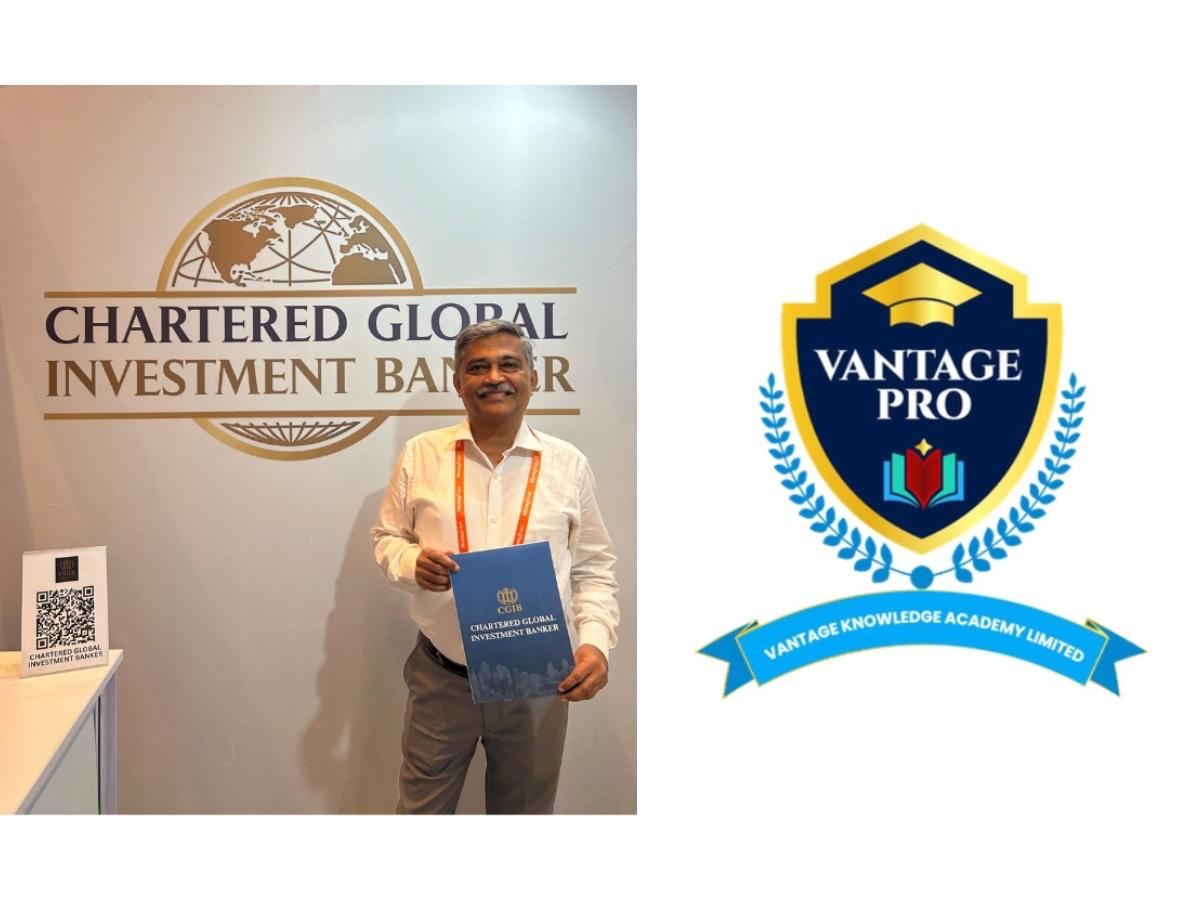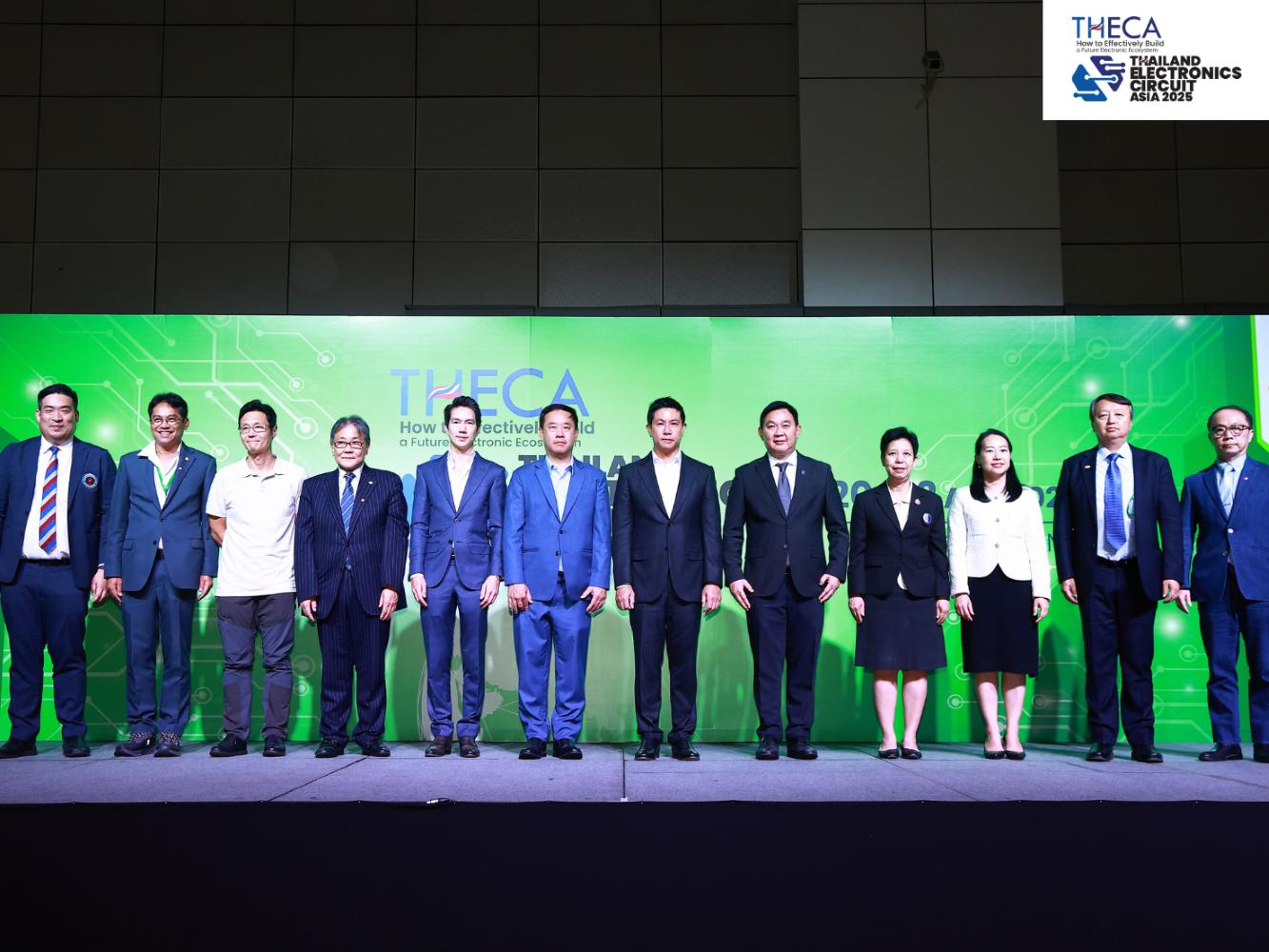 Image Source: BBC
Image Source: BBC
A recent groundbreaking study has brought the faces of ancient South Indians back to life, shedding new light on the rich and diverse genetic heritage of the region. Using forensic facial reconstruction techniques on 2,500-year-old skulls unearthed during the Keeladi excavations in Tamil Nadu, scientists have not only provided a vivid glimpse into the past but also discovered significant traces of Middle Eastern ancestry, challenging and expanding the understanding of ancient migrations and cultural exchanges in South Asia.
Key Highlights: Reconstructing Ancient Faces
Forensic experts at Liverpool John Moores University employed cutting-edge facial reconstruction technology, combining CT scans, anthropological data, and advanced modeling to recreate lifelike images from the skeletal remains.
The reconstructed faces reveal robust features typical of what geneticists classify as Ancient Ancestral South Indians, believed to be the earliest inhabitants of peninsular India.
Intriguingly, the skeletal and genetic evidence shows admixture with populations from the Middle East, suggesting extensive ancient migratory and trade networks beyond previously understood limits.
Artifacts found alongside the skeletons, such as ceramic bracelets similar to those used in ancient Middle Eastern societies, underscore these cultural interconnections.
Genetic and Archaeological Insights into Ancestry
Genetic analysis, involving comparison with ancient DNA from sites like Sarazm in present-day Tajikistan, points to the arrival of Neolithic farmers with Iranian-related ancestry who integrated with local hunter-gatherer populations.
These findings imply a more dynamic and continuous cultural interaction, showing that South Asia’s gene pool and civilization were shaped by waves of migration, trade, and integration with distant regions.
The presence of Middle Eastern traits alongside native features portrays a complex mosaic of identities and emphasizes shared human experiences in early history.
Implications for Historical Narratives
This research challenges colonial-era and nationalist narratives that portray ancient Indian populations as isolated or homogenous by illustrating the diversity and fluidity of ancient communities.
It reaffirms the importance of South Asia as a crossroads of ancient civilizations involved in early agricultural spread, trade routes, and cultural transmission.
Experts suggest that recognizing such diversity enriches contemporary discussions about identity and heritage in modern India.
Cultural and Scientific Contributions
The study’s interdisciplinary approach combines archaeology, advanced imaging, and genetics, showcasing the potential of modern science to illuminate the distant past vividly and accurately.
This work has fueled popular interest in the rich prehistoric era of South India and encourages preservation of archaeological sites like Keeladi, vital for unraveling India’s early history.
It also highlights the role of regional archaeological efforts coordinated with international scientific expertise.
Future Directions
Continued excavation and DNA research aim to reveal further insights into population movements, social organization, and cultural practices of ancient India.
Expanding the database of ancient genomes will help clarify timelines and interaction patterns among early South Asian communities and their neighbors.
Interdisciplinary collaborations promise to enhance knowledge about how early human societies adapted, thrived, and contributed to the evolution of civilizations.
Conclusion: A Fascinating Mosaic of Heritage
The facial reconstructions and genetic findings from ancient South Indian remains provide a remarkable window into the distant past, revealing a region marked by cultural complexity and ancestral diversity including Middle Eastern influences. This discovery transforms understanding of South Asia’s prehistoric population history and breathes life into ancient stories through the faces of those who lived millennia ago, emphasizing that Indian civilization is a profound, diverse tapestry shaped through centuries of migration, exchange, and innovation.
Sources: Science Magazine, Jerusalem Post, BBC News
Advertisement
Advertisement





